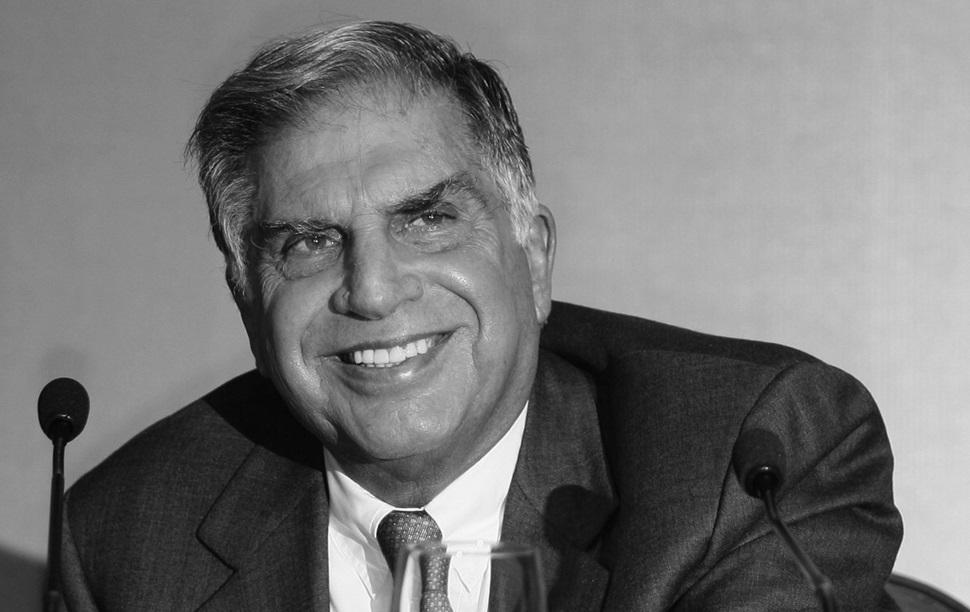Ancient Beginnings and Mythological Significance
The story of the Ayodhya Ram Mandir begins in the annals of Hindu mythology. Believed to be originally constructed millennia ago, the temple is said to have been erected at Lord Ram’s birthplace. This ancient structure stood as a symbol of spiritual devotion, attracting pilgrims and embodying the deep cultural and religious roots of India.
The Demolition and Subsequent Mosque Construction
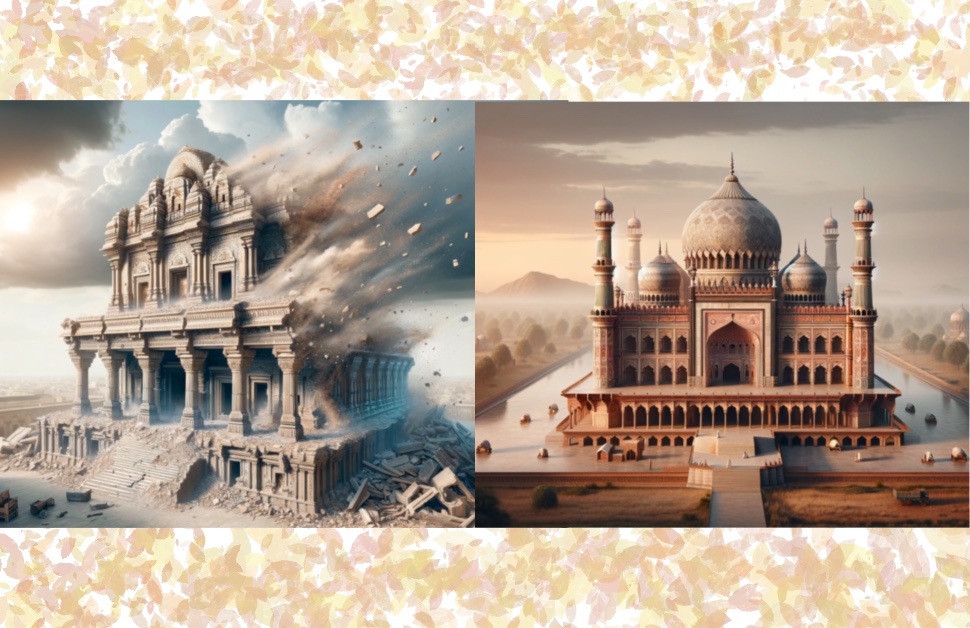
A significant turn in the temple’s history occurred in the 16th century when the original Ram Mandir was demolished. In its place, the Babri Masjid was constructed by orders of Mughal Emperor Babur. This act marked the beginning of a longstanding conflict between different religious communities, embedding the site in controversy.
The Demolition of Babri Masjid and Ensuing Controversy
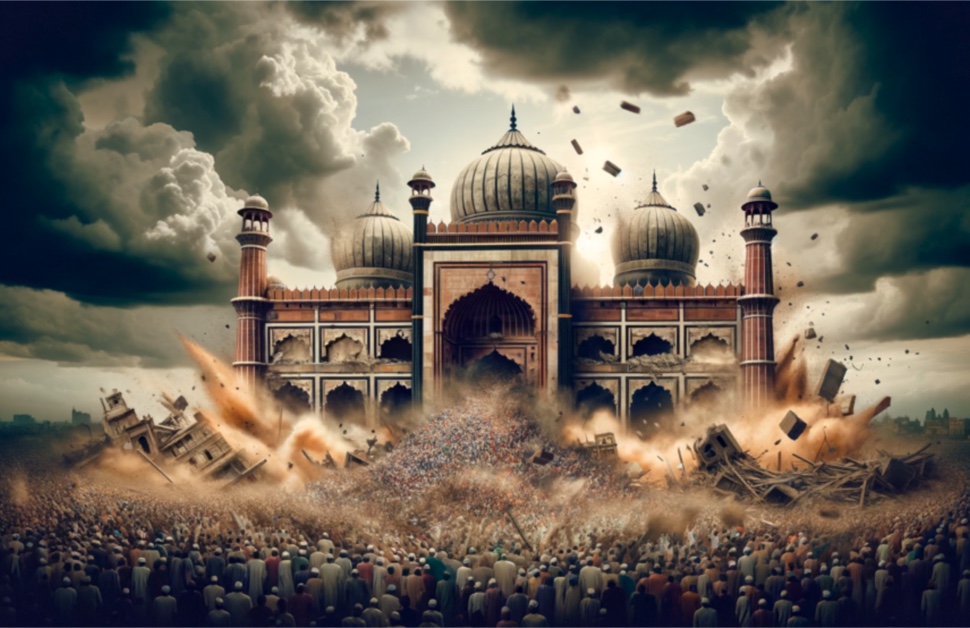
The Babri Masjid’s demolition on December 6, 1992, was a pivotal moment in India’s modern history. This event triggered widespread communal riots and sparked debates across political, religious, and social spheres, deepening the historical dispute and leaving an indelible mark on the nation’s consciousness.
The Legal Battle and Supreme Court Verdict
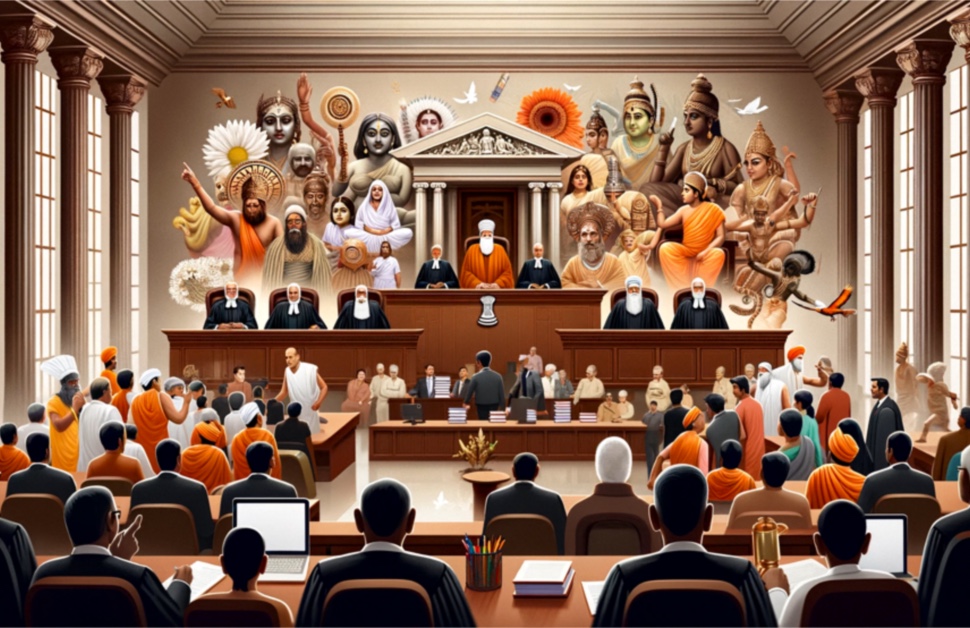
The subsequent legal battle over the disputed site was lengthy and complex, ultimately culminating in a landmark verdict by the Supreme Court of India in 2019. The court ruled in favor of constructing the Ram Mandir, while also allocating a separate plot for the construction of a mosque, in a decision that sought to balance historical claims and contemporary legal principles.
Bhumi Pujan: The Earth Worship Ceremony

The Bhumi Pujan ceremony, signifying the commencement of the Ram Mandir’s construction, was a profound and symbolic event. This Earth Worship Ceremony, conducted with traditional Vedic rituals, marked a new beginning in the temple’s storied history, blending spirituality with cultural heritage.
Current Temple Architecture and Idol Details
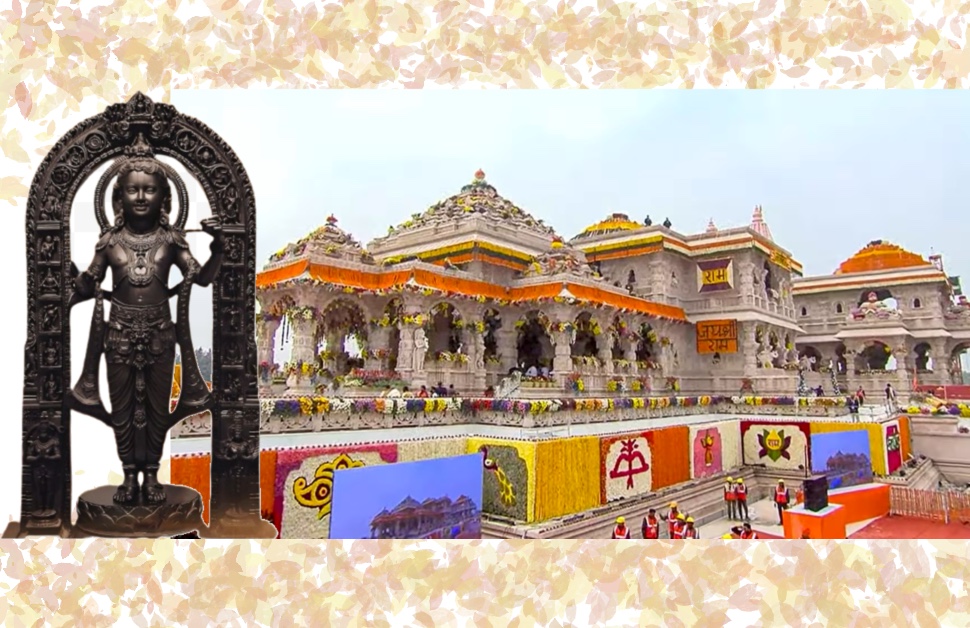
The Ayodhya Ram Mandir, a stunning example of Nagara-style architecture, houses a 51-inch tall idol of Lord Ram, made from black stone and depicting him as a five-year-old child. Sculpted by Mysuru-based artist Arun Yogiraj, the idol, placed in the garbhagriha, is the heart of the temple. Surrounding the sanctum are five mandapas, each with a unique function and adorned with shikharas. The temple’s 366 columns, each featuring 16 idols, showcase the diversity of the Hindu pantheon. Constructed with pink sandstone and Makrana marble, the temple also includes majestic gates like the Simha Dwar and emphasizes environmental sustainability with its green spaces and water conservation systems.
Pran Pratishtha Ceremony: Inauguration and Nationwide Celebrations
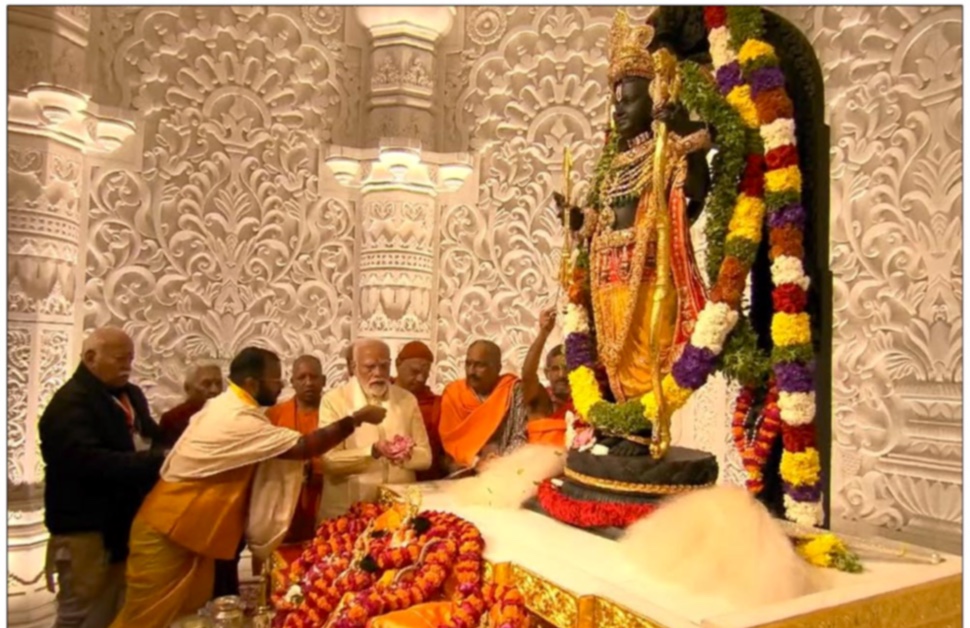
The Pran Pratishtha ceremony of the Ayodhya Ram Mandir, presided over by Prime Minister Narendra Modi, was a momentous event in Indian history, lasting for an auspicious duration of 84 seconds. This highly significant ceremony involved the consecration of the Ram Lalla idol, symbolizing the infusion of divine spirit into the idol. Over 150 saints and religious leaders, along with representatives from diverse traditions, attended this grand event, highlighting its cultural and religious importance.
In the evening, Ayodhya witnessed a stunning display of fireworks, akin to a grand celebration. The night sky was illuminated, mirroring the joy and elation surrounding the event. This was complemented by a mesmerizing laser and light show, adding to the grandeur and festive atmosphere.
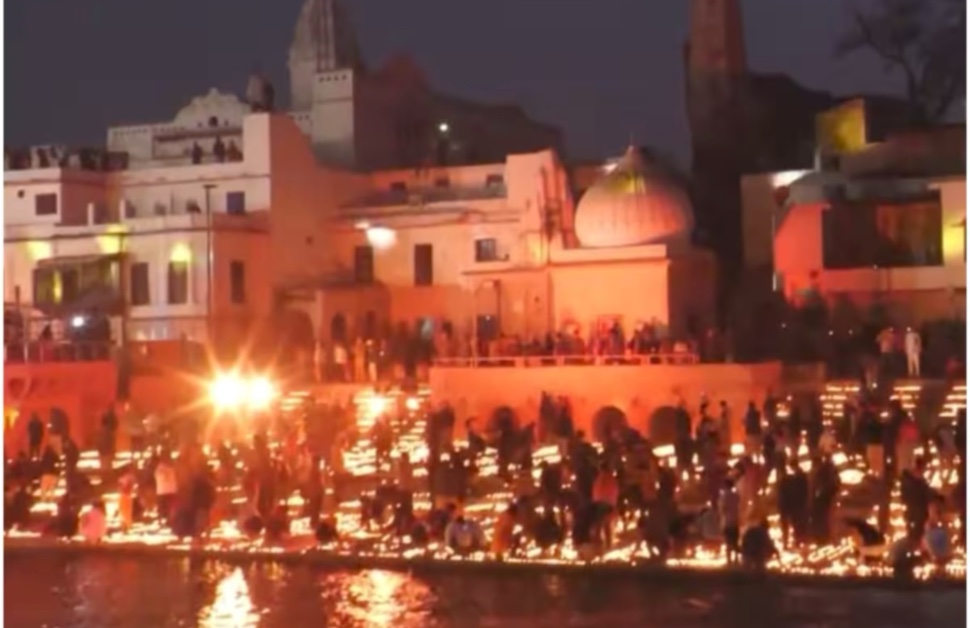
Additionally, the ceremony was marked by the widespread lighting of ‘diyas’ (earthen lamps), reminiscent of the festival of Diwali. This symbolic act was not just confined to Ayodhya but was observed across India and by Indian communities worldwide. Prime Minister Narendra Modi himself participated in this ritual by lighting ‘diyas’ at his residence, urging devotees to light ‘Ram Jyoti’ at home in a gesture of unity and celebration. This act of lighting ‘diyas’ created a sense of communal harmony, bridging distances and bringing together hearts in a shared moment of reverence and joy.
The Pran Pratishtha ceremony, with its blend of spiritual rituals, fireworks, and the universal act of lighting ‘diyas’, transformed into a celebration that transcended geographical boundaries, uniting people in a shared moment of cultural and spiritual significance.
Global Reaction
The global response to the inauguration of the Ayodhya Ram Mandir was a testament to its worldwide significance. From Paris’ Ram Rath Yatra to the US’ large-scale car rallies and live telecasts in Times Square, the international community participated in diverse ways. Mauritius, Canada, and other countries marked the event with their own unique celebrations, reflecting the universal respect and shared enthusiasm for cultural and spiritual traditions.
A Symbol of Faith and Unity
Today, the Ayodhya Ram Mandir stands not just as a religious edifice but as a symbol of India’s rich spiritual heritage and its journey towards religious harmony and cultural unity. Its reconstruction represents the healing of historical wounds and the celebration of a shared heritage, echoing the enduring spirit of faith and the resilience of a culture that has withstood the test of time.




